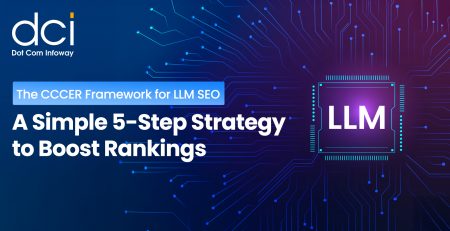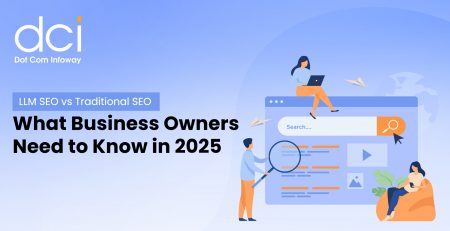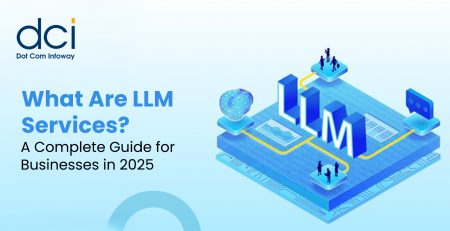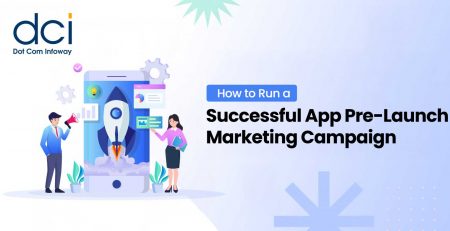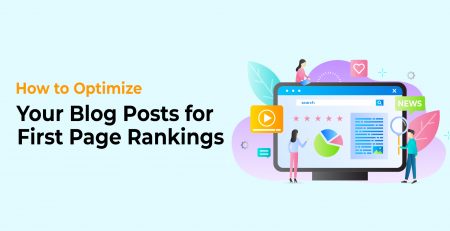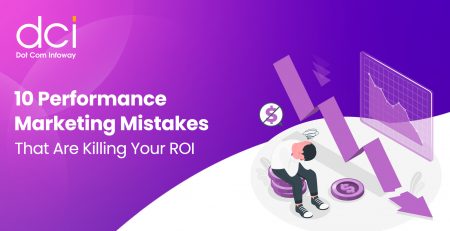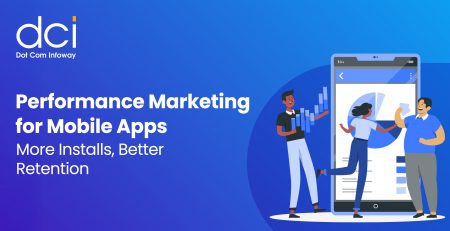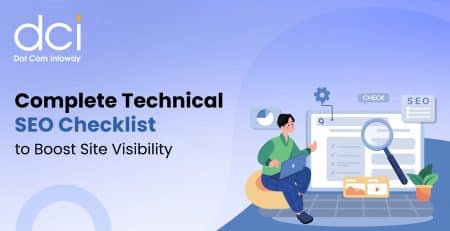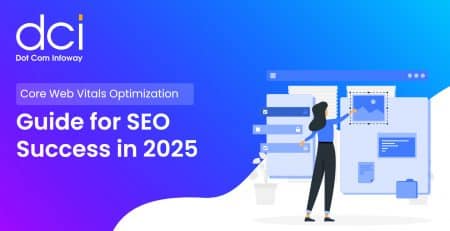SEO vs. Paid Advertising in 2025: Which Works Best in 2025?
In the fast-paced digital ecosystem of 2025, businesses are constantly balancing between two major pillars of online visibility SEO and paid advertising. Both strategies promise growth, conversions, and brand recognition, but which one truly delivers sustainable results in today’s environment? If you’re torn between investing in organic search optimization or paying for instant visibility, you’re not alone. Let’s dive deep into the evolving world of digital marketing and uncover which strategy can deliver the maximum ROI in 2025.
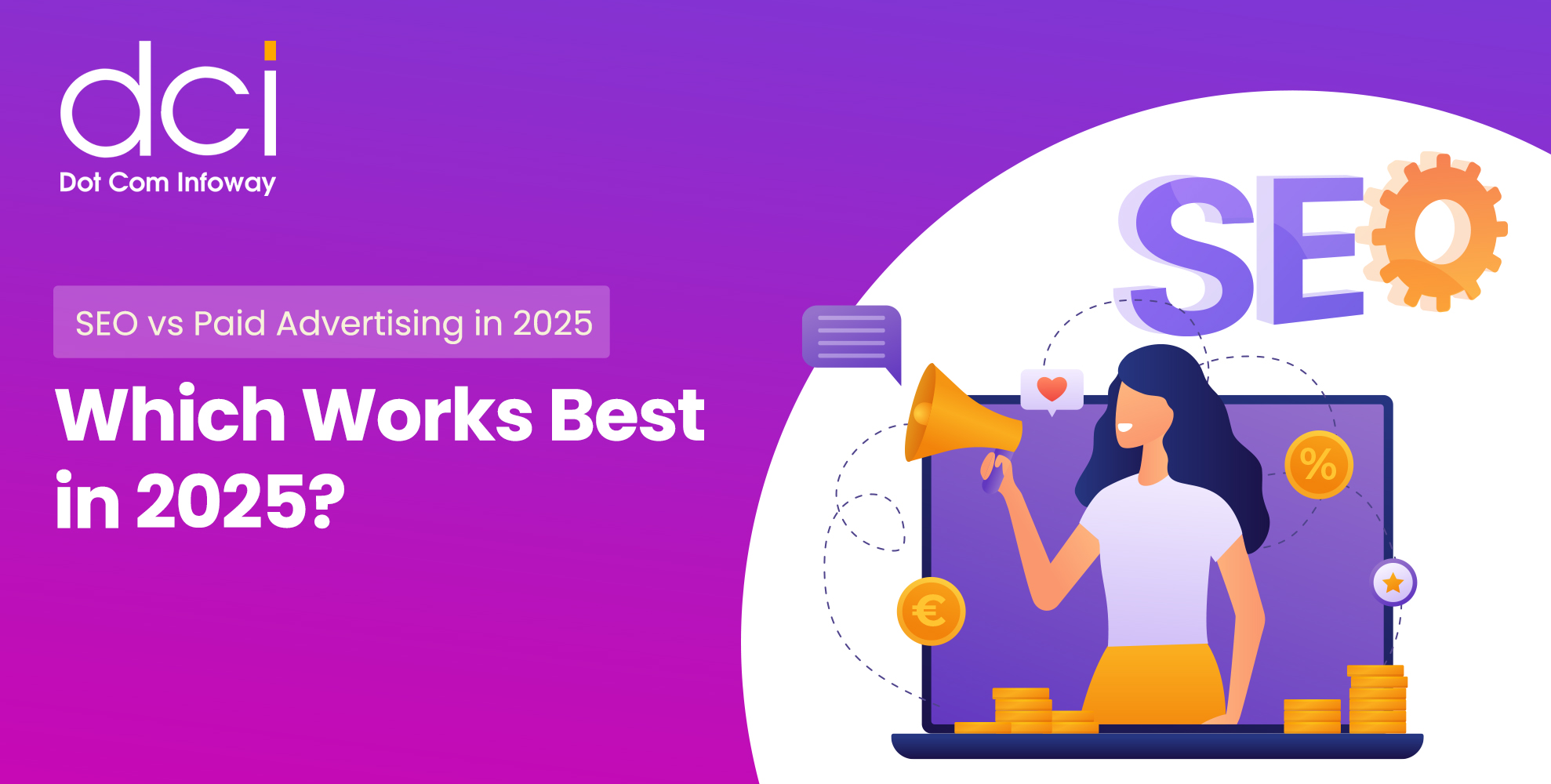
Understanding the Basics: SEO vs. Paid Advertising
Search Engine Optimization (SEO) focuses on driving organic traffic by optimizing your website to rank higher in search engine results. This involves techniques like keyword research, content optimization, backlink building, and improving user experience. SEO is a long-term strategy where initial efforts compound over time, creating sustainable growth. Paid advertising, on the other hand, offers immediate visibility by displaying ads on search engines, social media platforms, and websites. By bidding on keywords or targeting specific audiences, businesses can achieve instant exposure—provided they have the budget.
While the two approaches may seem at odds, understanding their strengths, limitations, and evolving trends in 2025 will help you determine the right approach for your business goals.
Why SEO Still Reigns as a Long-Term Growth Strategy
SEO has proven its staying power despite the ever-changing digital landscape, and it remains a cornerstone for businesses aiming for long-term online success. One major reason for its dominance is the trust factor—users generally prefer organic search results over paid ads because they are seen as more credible and relevant. In 2025, Google’s continued emphasis on user intent and experience has made SEO even more vital, with AI-driven updates like the Helpful Content System further refining search results.
Moreover, the cost-effectiveness of SEO is unmatched. Unlike paid ads, which require continuous spending, SEO investments can yield long-term benefits even after the initial optimization efforts have been completed. Once your content ranks on page one, it can generate traffic for months or even years without ongoing expenses. This makes SEO the ideal strategy for businesses looking to build authority and organic reach without constantly burning through their marketing budget.
The Power of Paid Advertising for Instant Impact and Targeted Reach
While SEO takes time to show significant results, paid advertising offers an immediate solution for businesses that need quick visibility. Platforms like Google Ads, Facebook Ads, and TikTok Ads have become smarter and more precise in targeting specific audiences based on behavior, demographics, and interests. In 2025, businesses have access to advanced machine learning algorithms that help optimize ad performance, ensuring they get the most out of their budgets.
One of the primary advantages of paid advertising is its scalability. Brands can adjust their campaigns in real time based on performance metrics, making it ideal for product launches, limited-time offers, and seasonal promotions. Additionally, paid ads provide guaranteed placement at the top of search engine results, something organic SEO cannot promise.
However, this immediate visibility comes at a cost. As competition increases and cost-per-click (CPC) rates continue to rise, maintaining an effective paid campaign can be expensive. Businesses that rely solely on paid advertising may find themselves facing diminishing returns, especially if they’re in highly competitive industries. To sustain growth, many companies are adopting a hybrid approach that leverages both organic and paid tactics.
Key Differences Between SEO and Paid Advertising in 2025
While both strategies aim to drive traffic and conversions, the key differences lie in their cost structures, timelines, and sustainability. SEO offers a compounding effect—your traffic grows over time as your site gains authority and visibility. In contrast, paid advertising provides immediate but temporary results. Once your ad budget runs out, so does your visibility.
Another distinction is in audience targeting. Paid ads allow for precise targeting of specific user segments, whereas SEO relies on broader search intent and organic discovery. However, thanks to advancements in data-driven content creation, SEO in 2025 is becoming more personalized than ever, narrowing the gap between organic and paid targeting capabilities.

Ready to boost your website’s rankings and online visibility?
Discover how our expert SEO services can resolve ranking issues, drive traffic, and elevate your website’s performance to the next level!
SEO vs. Paid Advertising: Which Delivers Better ROI in 2025?
When evaluating the return on investment, SEO and paid advertising offer different forms of value. SEO delivers long-term ROI by building a sustainable traffic pipeline that doesn’t require continuous spending. Once you’ve established strong rankings, organic traffic flows consistently, often with higher conversion rates due to the trust factor associated with non-paid results.
Paid advertising, however, can provide higher short-term ROI, particularly for e-commerce brands or businesses running time-sensitive promotions. By targeting high-intent users and optimizing ad creatives, businesses can achieve immediate conversions. But without a continuous budget, the benefits are short-lived.
In 2025, the ideal approach to maximizing ROI often involves combining the strengths of both strategies. Many successful businesses focus on SEO as a long-term foundation while running targeted ad campaigns to support short-term goals.
Emerging Trends That Influence SEO vs. Paid Advertising in 2025
The digital marketing world is constantly evolving, and several key trends are reshaping how businesses approach SEO and paid advertising:
- AI-Powered Search: Search engines are increasingly relying on AI to deliver personalized results, making it crucial for businesses to optimize for user intent rather than just keywords.
- Video and Interactive Content: Visual content, including videos, interactive quizzes, and AR experiences, is dominating search rankings and ad placements.
- Zero-Click Searches: Featured snippets, knowledge panels, and other SERP features are reducing click-through rates, making it vital for businesses to prioritize brand visibility over simple traffic generation.
Conclusion: The Perfect Balance for Digital Success
In 2025, businesses don’t have to choose between SEO and paid advertising—they can use both to create a dynamic marketing strategy. SEO provides the long-term foundation for sustainable growth, while paid advertising offers the flexibility to target specific audiences and achieve short-term wins. By understanding the strengths and limitations of each, businesses can allocate their resources wisely, ensuring that their online presence continues to thrive in a competitive digital landscape.

